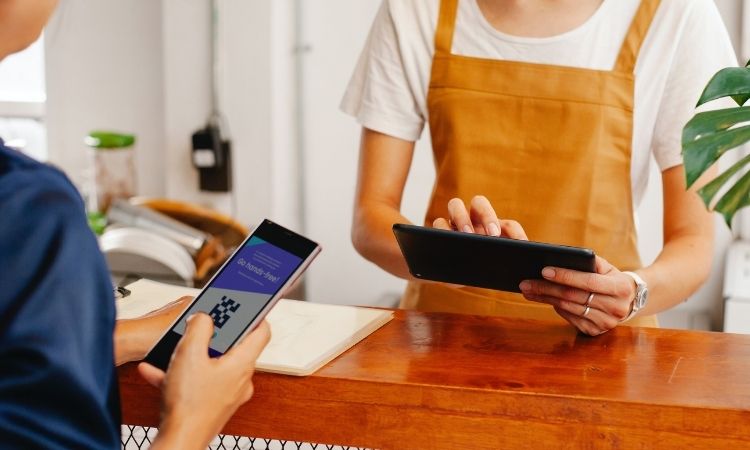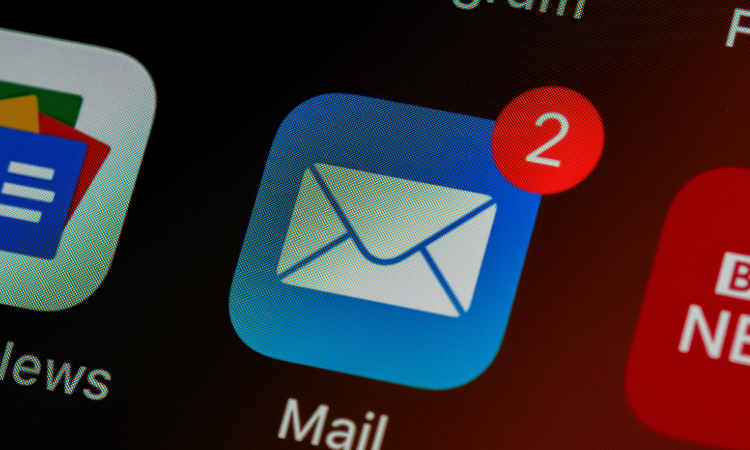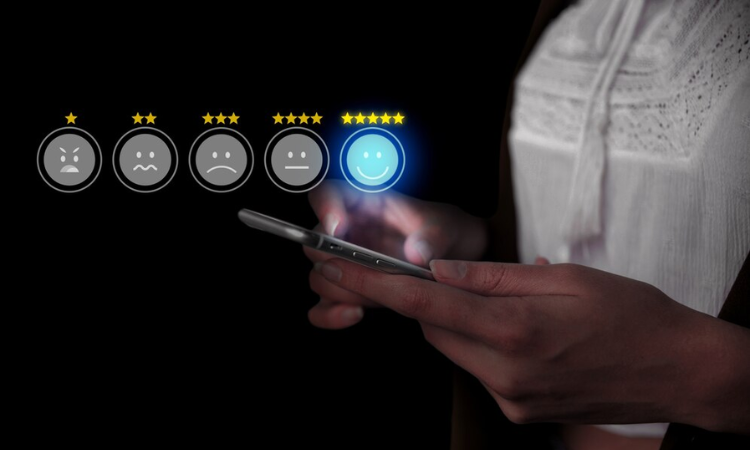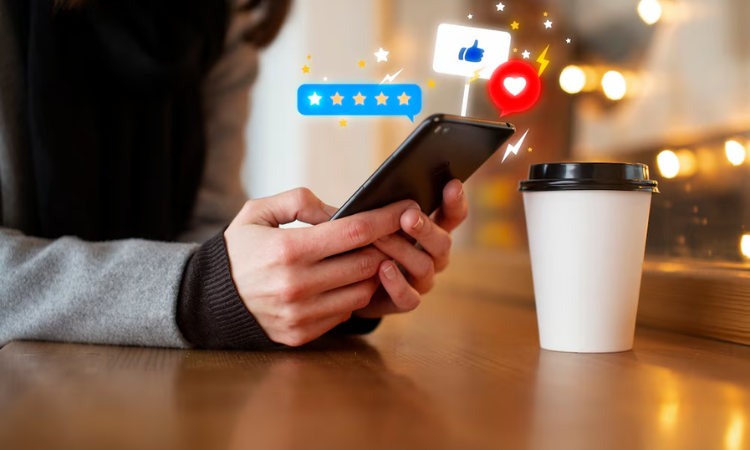QR codes first made an appearance in 1994 in Japan to monitor the manufacturing process. After growing exponentially for years, it has now reached almost every industry and serves as an important element in different processes. In the year 2021 only, the number of interactions through QR codes increased by 94%.
With people accustomed to placing orders and making invoice payments by scanning QR codes, it is only practical for brands to leverage this technology to collect feedback. In fact, brands that earlier relied completely on email, SMS, website, and Kiosk surveys, are not adding the QR feedback mechanism to their customer experience strategy. QR code surveys are easy to create, quick to take, and extremely cost-efficient. Therefore, it's no surprise how this technology has transformed feedback in the retail space.
Collect Instant Customer Feedback with QR Code Surveys 🔥
Leverage QR Code Surveys to collect in-moment Customer Feedback wherever your customers are.

In this article, we will talk about how taking feedback with QR code surveys have brought about a change in the retail space for good.
But before that, a quick recap...
What is a QR Code Survey?
A QR code survey is a type of matrix barcode with a survey link embedded into it. The QR code can be printed on physical media or added to digital media so that users can scan it using their phone camera and start taking the survey.
QR codes can be printed on signage, menus, flyers, packaging, products, bills, tickets, etc., and can also be embedded into websites to help brands collect feedback across different CX metrics through different mediums. It also eliminates the need for physical interaction and enables collecting feedback on the go.
With QR codes, the possibilities for collecting customer feedback are significantly expanded. And the rapid nature with which they can be generated and deployed means that businesses and brands of all sizes can afford to implement them to boost survey participation.
Benefits of QR Code Feedback in Retail Space
QR code surveys are changing the way businesses ask retail survey questions. It is a better and certainly more efficient feedback methodology for many areas on. Let’s understand why.
1. Enables Contactless Feedback
With the health crisis posed by the COVID-19 pandemic, the entire world saw a shift to digital media to minimize contact as much as possible. From placing orders in retail spaces to making payments – QR code processes started dominating the space. Similarly, feedback mechanism in retail space has also been taken over by QR code surveys.
QR code with embedded survey links can be displayed anywhere on the premises, including standees, flyers, point-of-sale, digital signage, exit points, and even doors. Therefore, customers can simply scan the code using their phone and take the survey completely contact-free, which may not be possible with survey apps, mounted tablets, and kiosk surveys in the store.
2. Bridges Physical and Digital Worlds
QR code surveys are the perfect fusion of physical and digital surveys. This means that QR codes with embedded surveys can be printed on physical media and still enable sharing of digital feedback. As a result, customers can walk into your store, scan the code, and take the survey on their phones while strolling about. What is this means is that:
- You don’t need a survey representative to approach customers asking them for their feedback.
- You can continue to take feedback digitally and receive inputs from customers in real-time.
- Several customers can take your feedback survey at the same time while in the store.
3. Enables Omnichannel Data Collection
Feedback in retail space is usually associated with in-store feedback through mobile devices, tablets, or kiosks installed in the facility. However, QR code surveys not only render the benefits of in-store digital feedback but can also be shared through physical media reaching a maximum number of participants.
QR codes with embedded surveys can be printed on physical media, such as bills, invoices, menus, flyers, receipts, brochures, posters, packaging, and even on products directly. Besides, if you manage to create a cool design for your poster with poster maker tools, you will be able to drive people's attention to your poster and QR code. As a result, customers can access your surveys through different channels and share feedback when it is convenient for them. Additionally, the integration of touchless invoice processing streamlines the payment experience, further enhancing customer convenience and satisfaction.
4. Enables Better Participation
Usually, with kiosk and tablet surveys in store, you’re asking customers to make time to share feedback during their visit to the store. This isn’t a fool-proof idea for when they are already running late. And if you choose to send an email or SMS survey request after they leave or in case of an online purchase, there’s a high chance of it going unnoticed.
On the other hand, Retail QR codes with embedded surveys can be shared through both digital and physical media, and therefore, significantly improve survey participation. For example, customers can scan the QR code and take the feedback survey on their way out. Or they can make batch invoice processing, receive the invoice and scan the QR code printed on it to take the survey. Using an online invoice receipt maker ensures that invoices are generated seamlessly with embedded QR codes, making it simpler for customers to access surveys without additional steps.
The fact that taking a QR code survey is so convenient can increase the participation of customers in your feedback significantly.
5. Nudges Customers in a Non-Intrusive Way
The great thing about QR codes is that they fit perfectly into customer journeys in a way that a lost opportunity for feedback isn’t really lost.
For example, if a customer is unable to share feedback in the store because they are running late, they can be reminded to take the feedback survey when they look at their invoice with the survey QR code printed on it. And if certain customers exit your website without sharing feedback after placing an order, they can be prompted to share their experience when they receive the order delivery with the survey QR code on the packaging.
That’s what makes QR code surveys so wonderful - you can nudge customers repeatedly for their inputs without being intrusive.
6. Enables Instant Feedback Sharing
It is very common for customers to receive feedback requests and think, “I will share feedback when I am free”. And most often than not, they end up forgetting about the survey. Let’s accept it; opening the email and clicking on the survey link to share the feedback may sometimes look like a lot of work.
But with QR code surveys, you can make sharing feedback easier and encourage them to do it instantly. For example, customers can scan the QR codes printed on standees at different touchpoints while they are shopping or waiting in line. And since customers don’t have to go the extra mile to share feedback, they can be better motivated to take the survey.
7. Captures Unidentified Customers' Feedback
Some customers may not be comfortable sharing their contact details while some may leave the store without making a transaction. These are the people who may not be identified as customers according to the books and records but may have critical feedback to share. So, if you use email or SMS surveys to collect feedback, you may miss out on collecting feedback from people who may not be identified as customers. Moreover, some customers may leave your retail store without making a purchase because of something they didn’t like. You can be designed retail boxes wholesale.
This is where you can leverage QR code surveys. Anyone walking into your store can simply scan the code and share feedback irrespective of whether or not they choose to shop. This can give you access to critical feedback and highlight challenges that may have gone unnoticed for a long time.
.jpg?width=1920&name=Enables%20Contactless%20Feedback%20(2).jpg) Conclusion
Conclusion
QR code feedback is the need of the hour, especially in retail spaces. This is because it enables gauging customer experience at different touchpoints when other feedback methodologies fail to succeed.
What you can do is combine the QR code feedback mechanism with other feedback techniques, such as email feedback surveys, SMS feedback surveys, customer support calls, live chat, etc.
Zonka Feedback is the most popular survey tool that enables you to capture omnichannel feedback through a single dashboard. You can set up QR code surveys, email surveys, SMS surveys, web app surveys, live chat surveys, and even on-site surveys through a mobile, laptop, or kiosk. In addition to creating the most impactful surveys using our customizable templates, you can:
- Generate QR code and survey sharing links
- Set up custom alerts for different team members
- View intelligent reports and insights
- Receive real-time feedback
- Set survey logic to make them relevant to different customers
- Brand your surveys, and much more.











